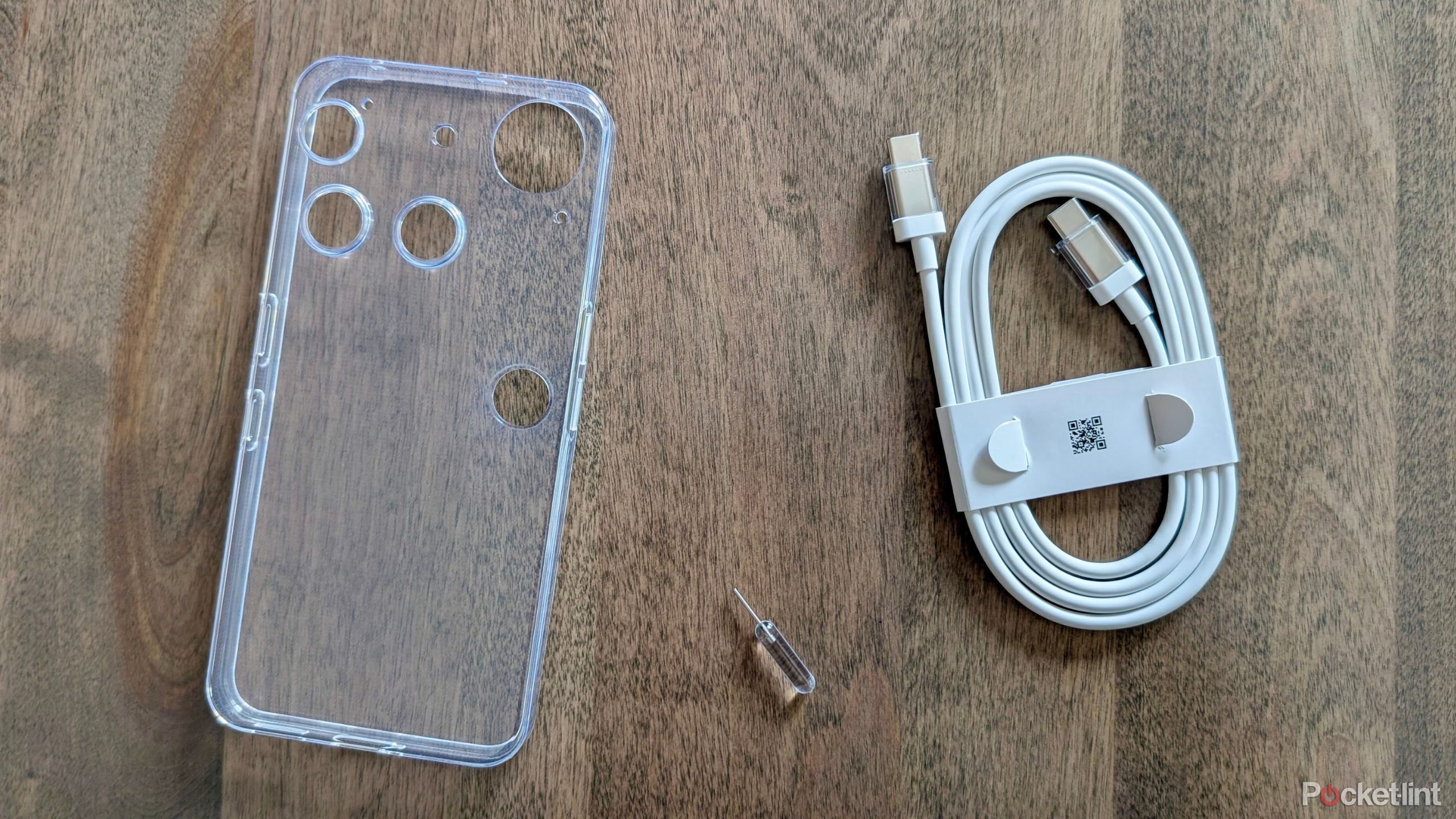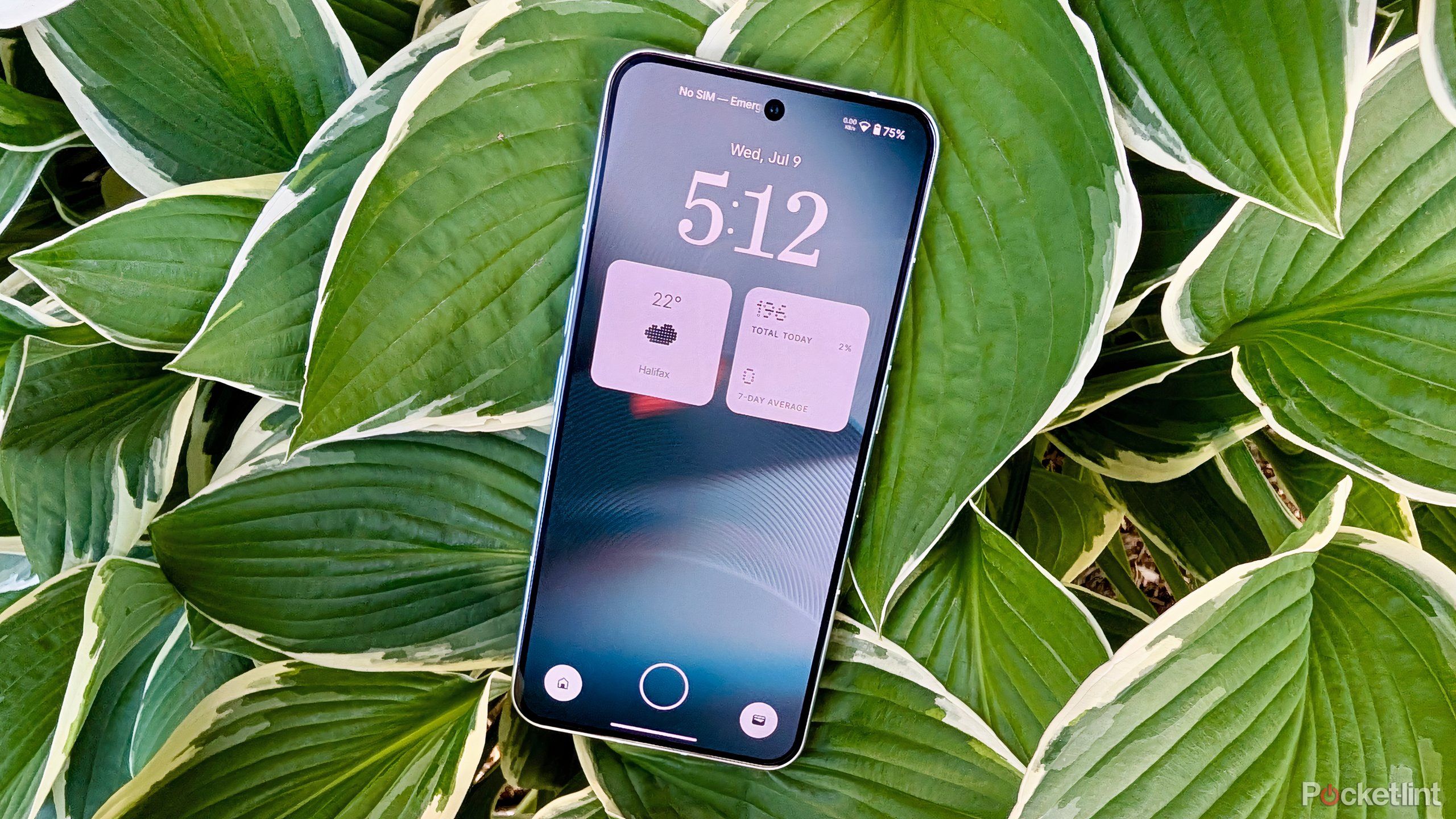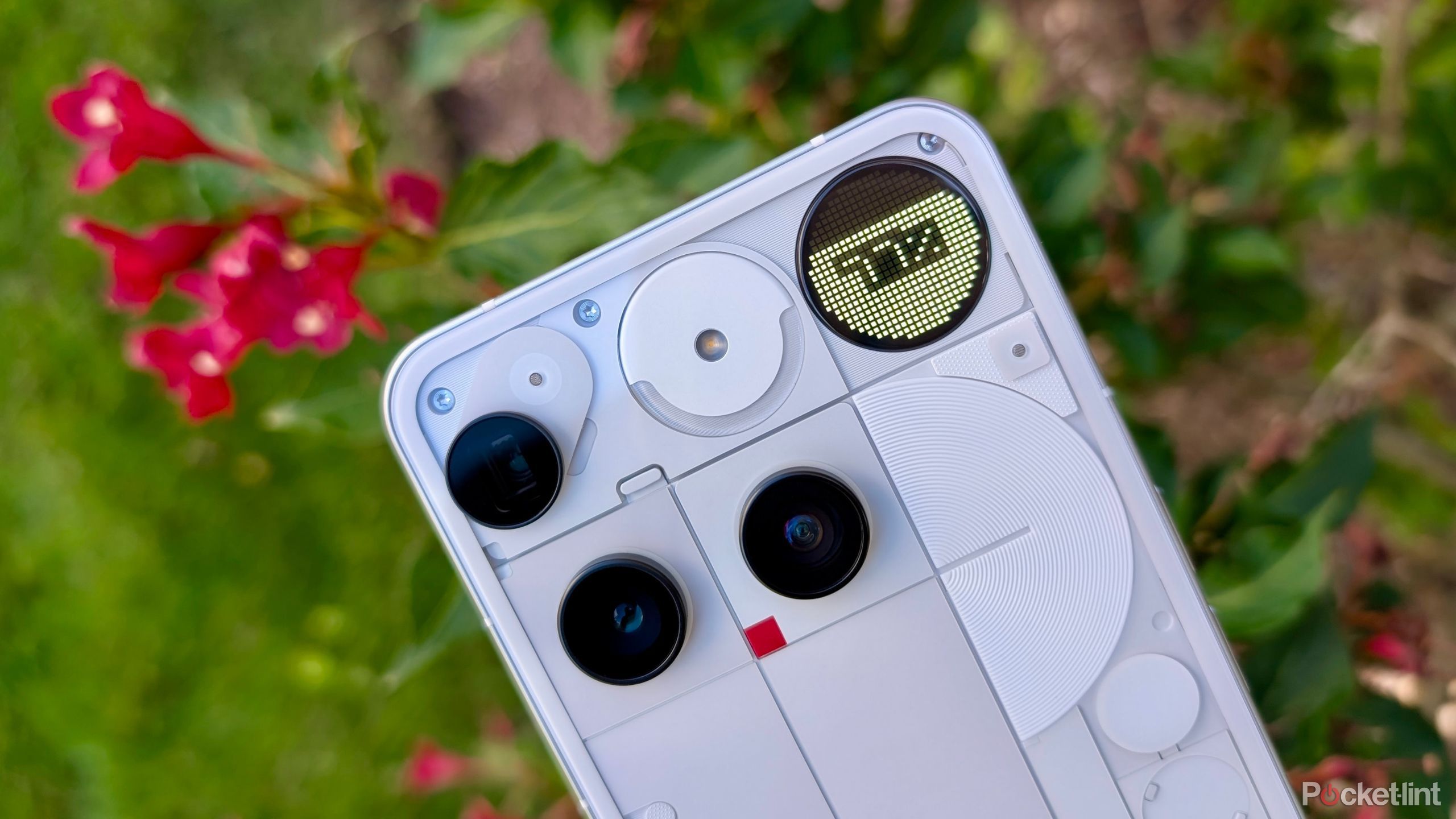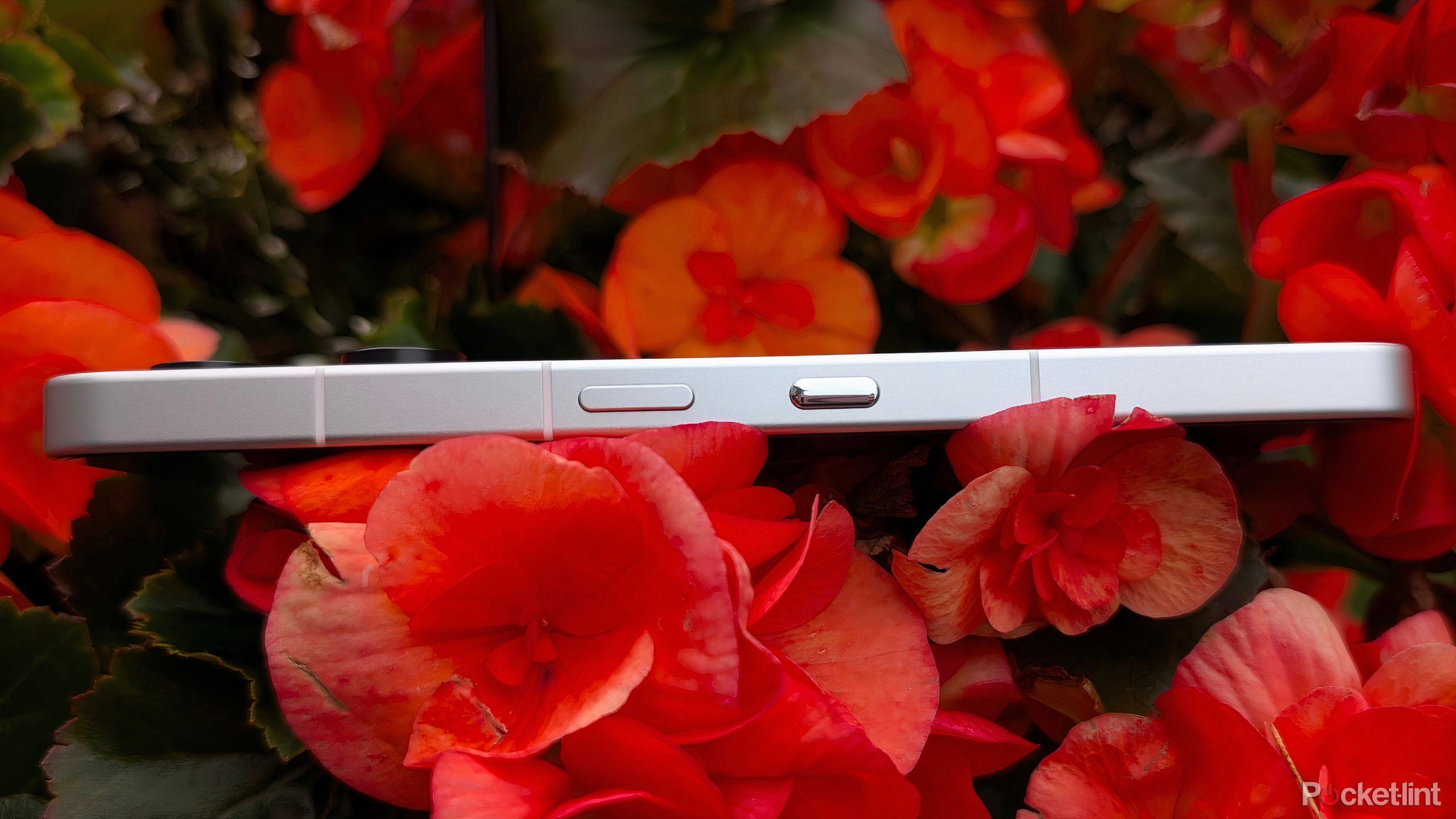Summary
- Nothing is hyping up its all-new Phone 3, describing it as a true flagship offering.
- The company has upgraded its iconic rear-facing Glyph Interface with a new Glyph Matrix design.
- Here are my initial impressions of the Nothing Phone 3 after unboxing and setting it up for the first time.
In recent years, London, UK-based tech company Nothing has made a name for itself by bucking the trend of boring smartphone hardware design in favor of something more exciting. Unlike so many of its contemporaries, the company is willing to experiment with unique aesthetic styles, while throwing in and iterating on its quirky addition of rear-facing LED lights.
With its all-new Phone 3, Nothing is making a bold claim. The company describes the $800 handset as a true flagship, with internal components that can measure up to the competition. I’ve had the opportunity to check out the Phone 3 for several days — here are my initial impressions of the device after unboxing and setting it up for the first time.
1
The phone looks and feels the part
I’m a sucker for Nothing’s unique and premium design language
I’ve come to expect solid build quality from Nothing, and its new Phone 3 doesn’t disappoint. The device is well-built, with tight tolerances, clicky buttons, and an excellent weighted-in-hand feel. Every inch of the unit is built out of premium materials, whether it be the glass front and back panels, or the aluminum side rail.
The Phone 3 is available in both white and black colorways, each featuring a subtly translucent rear. The Nothing logo is tastefully placed near the bottom left-hand side, and the boxy shape of the unit looks slick without feeling uncomfortable while resting in my hand. Personally, I tend to gravitate towards more compact phones, but the trade-off here comes in the form of an expansive 6.67-inch AMOLED display.
I will say that the triple rear camera array is an acquired taste, however.
I will say that the triple rear camera array is an acquired taste, however. Each lens is housed individually as opposed to being clustered within a single visor or camera protrusion, but there’s a conspicuous lack of symmetry that I find hard to look past. To the right of the cameras is Nothing’s new Glyph Matrix display — more on that in just a bit.
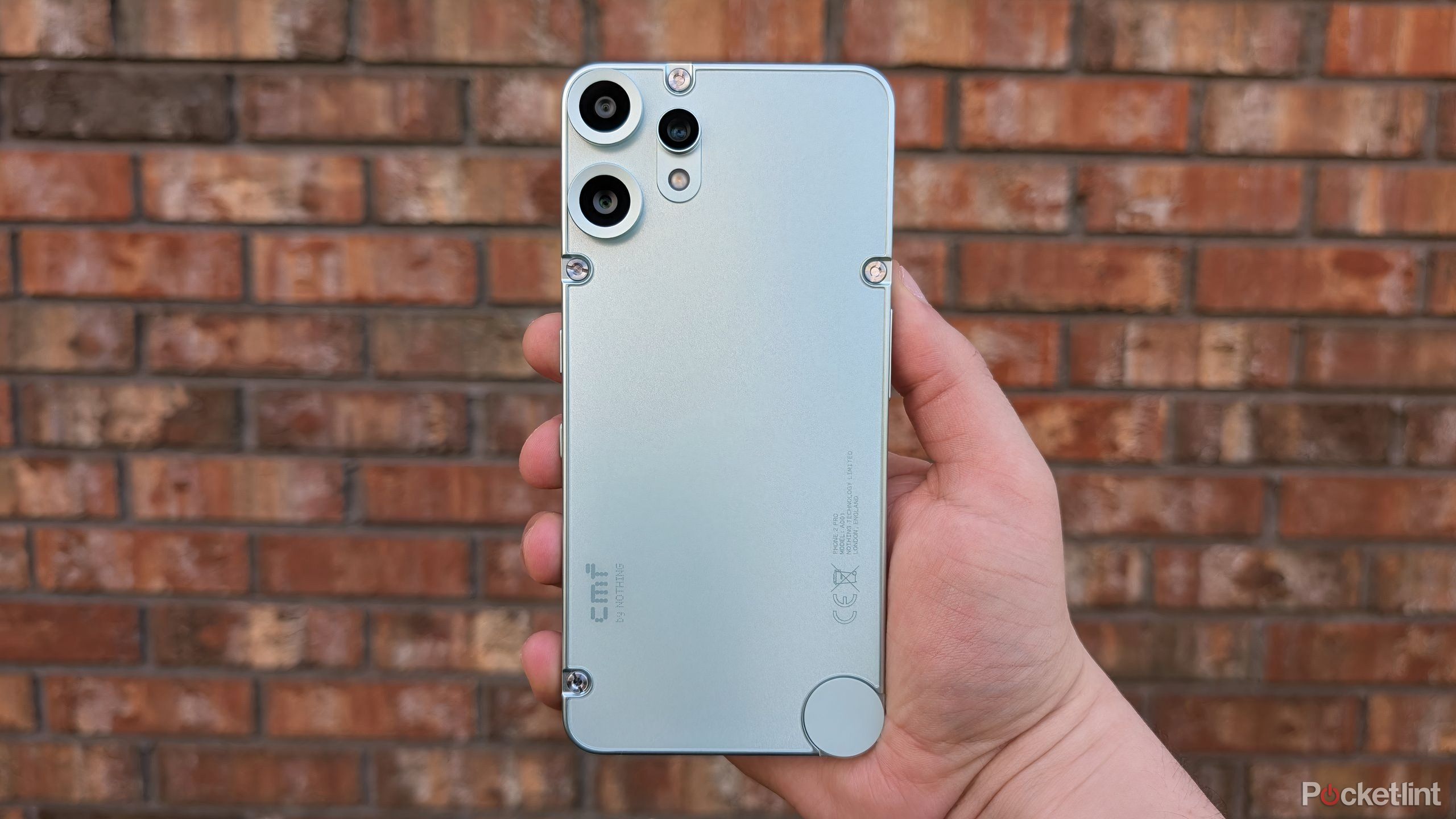
Related
4 excellent features Nothing added to the CMF Phone 2 Pro
Nothing’s new budget-friendly CMF Phone 2 Pro punches well above its weight — here are the factors that make this the case.
2
The in-box accessories are suitably premium
These aren’t standard off-the-shelf parts
Fitting in with the theme of premium quality, Nothing has bundled the Phone 3 with a set of custom in-box peripherals. The 3.28-foot (1-meter) USB-C to USB-C charging cable is stylized with a transparent jacket, and the SIM tray ejector tool is rounded off and equally transparent. These are small details that most people won’t think twice about, but they go a long way in demonstrating Nothing’s overall attention to detail.
Of course, with it being 2025, there’s no AC adapter or earbuds to be found in the box. However, the inclusion of a free case and a pre-applied screen protector is a consumer-friendly move that I appreciate greatly. All in all, Nothing has mastered the art of treating its users well from an out-of-box experience perspective.

Related
Nothing Phone 3a vs Phone 3a Pro: How the two mid-rangers stack up
Nothing recently launched its latest mid-range smartphones, the Phone 3a and Phone 3a Pro – here’s how the two models compare to one another.
3
I love Nothing OS
The slickest Android skin this side of Pixel UI
As ever, Nothing has absolutely nailed the software side of the smartphone equation. The Phone 3 ships with Android 15 out of the box, customized with Nothing OS 3.5. The skin itself is lightweight, with small tweaks and additions sprinkled throughout the “stock” Android Open Source Project (AOSP) version of Google’s mobile OS.
Nothing OS 4, which will be based on Android 16, is expected to land sometime soon on the Phone 3.
I continue to love the visual cohesiveness of Nothing’s UI, with its distinctive dot matrix design and its confident choice of typeface. There’s absolutely no bloatware pre-installed on the phone; the Nothing X and Essential Space apps, which are responsible for Nothing-branded accessory management and screenshot organization, respectively, are the only out-of-box software additions that could be described as superfluous.
Nothing promises five years of feature updates and security patches for the Phone 3. This doesn’t quite reach the seven-year threshold established by Samsung and Google, but I’d argue that it’s within the realm of acceptability for a modern-day Android smartphone. Nothing OS 4, which will be based on Android 16, is expected to land sometime soon on the Phone 3.
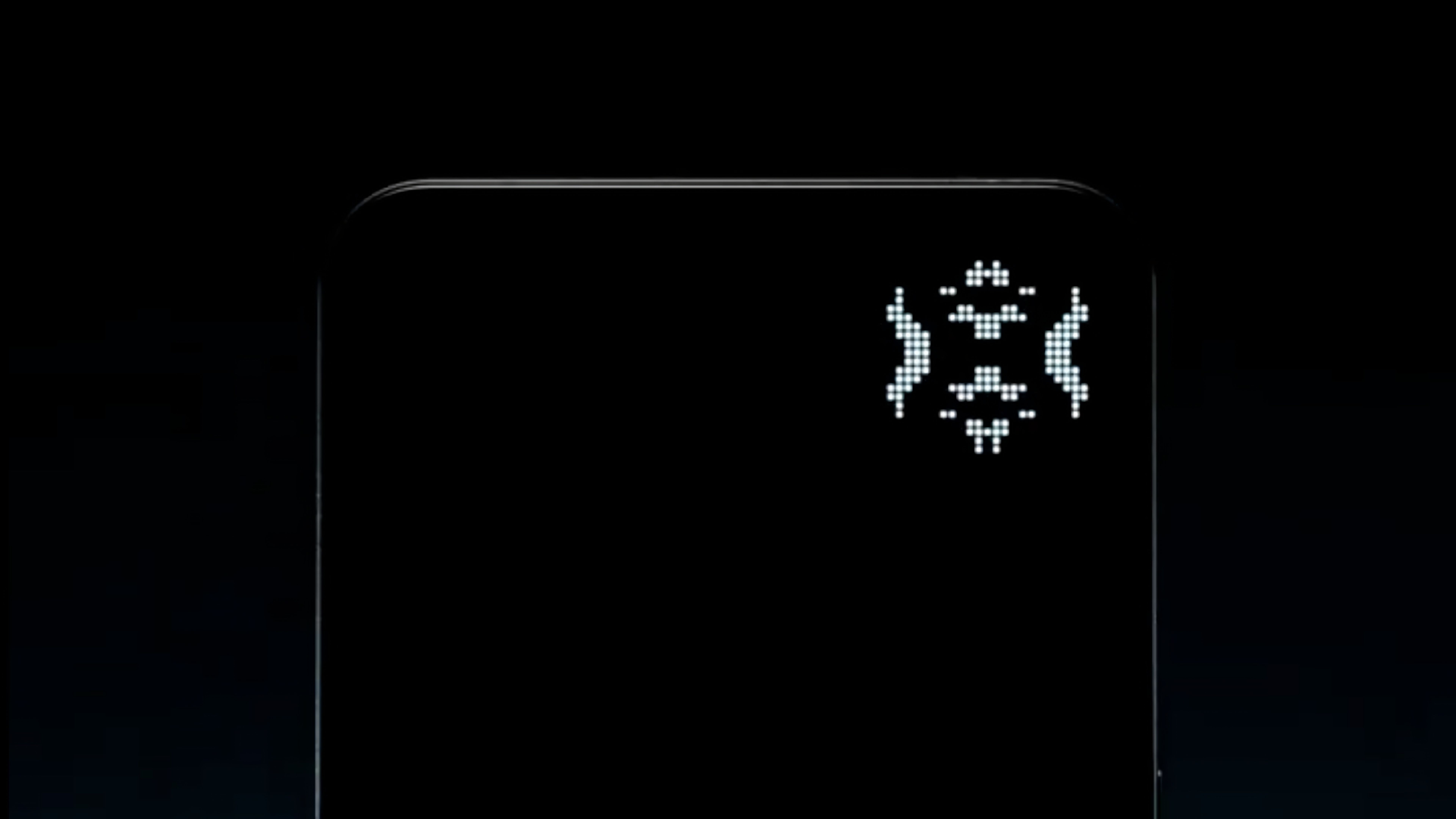
Related
Nothing’s new ‘Glyph Matrix’ seems like the best use for the back of your phone
Switching from lights to a rudimentary display could change when and how you turn to Nothing’s phone for information.
4
The Glyph Interface is fun but not particularly useful
I never thought I’d spin a virtual bottle on the back of my phone
Interestingly, Nothing has decided to axe its now-iconic array of rear-facing LED strips from the smartphone equation, in favor of a new Glyph Interface known as the Glyph Matrix. Essentially, there’s a small circular display embedded on the back of the phone, which displays content with a pixelated retro-style aesthetic. This secondary ticker display is activated via a pressure-sensitive button (also found on the rear of the unit), allowing you to cycle through various “toys.”
There are several of these Glyph Toys available, and Nothing has opened up the API for third-party developers to make use of as well. Out of the box, there are modules for the current time, for spinning a virtual bottle, for displaying battery life, and for triggering a stopwatch. The Glyph Interface can also indicate the adjustment of volume, it can be used as a makeshift flashlight, and it can be configured to light up in unique ways on a per-notification level.
…Nothing’s new Glyph Interface is a fun gimmick that doesn’t really get in the way of the phone experience proper.
On the whole, Nothing’s new Glyph Interface is a fun gimmick that doesn’t really get in the way of the phone experience proper. I’ve been enjoying the glanceable information it provides when resting the phone face-down on a table, though the actual utility on offer is pretty unremarkable. Interestingly, my favorite part of the setup thus far has been the blinking red LED that lights up whenever a video is being actively recorded.
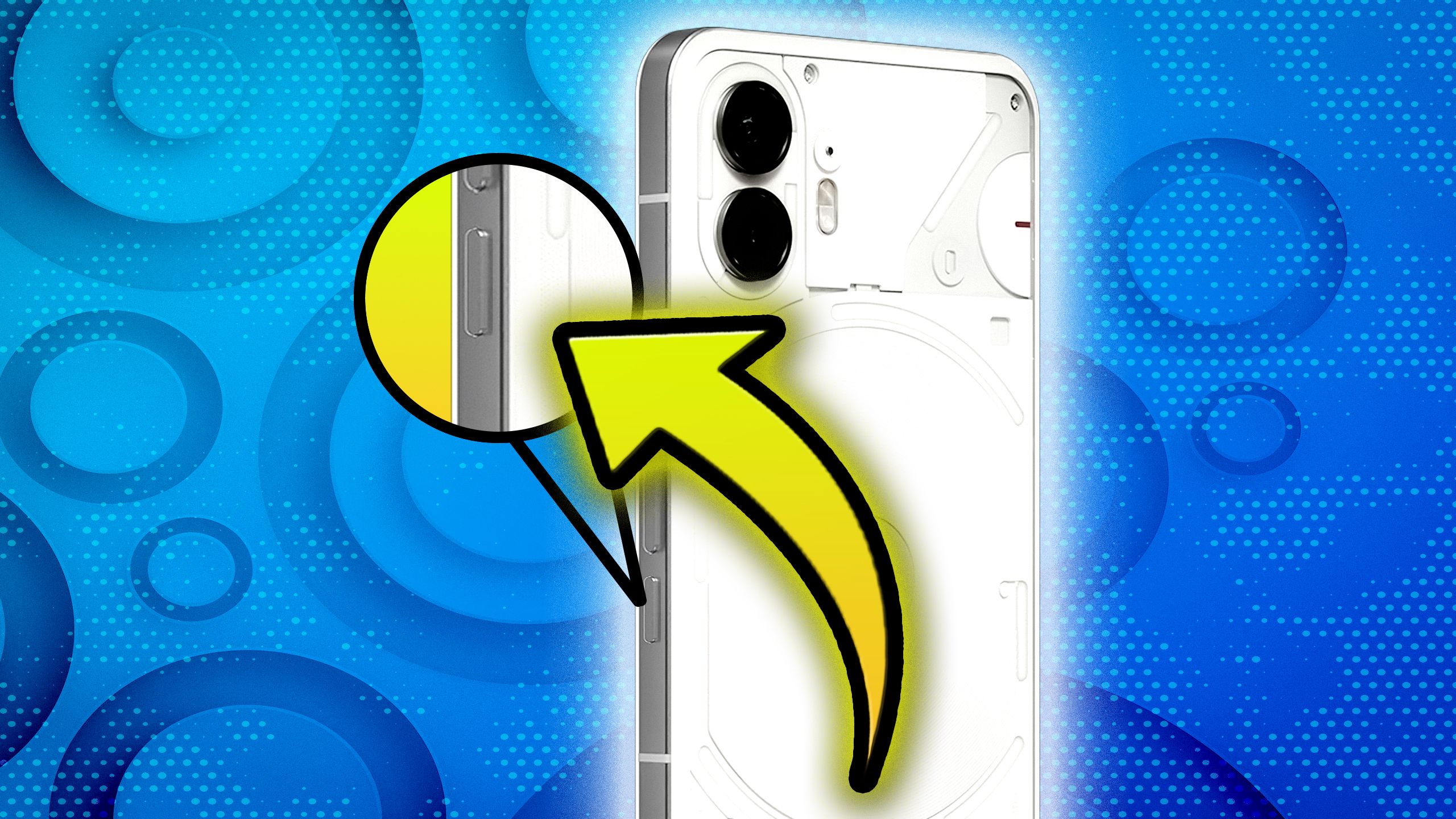
Related
The iPhone’s Action button is coming to Nothing phones, and I’m a big fan
It’s a rare flash of meaningful enhancement on the latest smartphones.
5
The Essential Key still bugs me
I frequently trigger it by accident
Nothing first introduced the Essential Key on its mid-range Phone 3a and 3a Pro handsets earlier this year. The feature is pitched as a quick-access button for taking screenshots and voice notes, which then get sent into a dedicated Essential Space app for viewing and organizing. At its core, the Essential Key is an AI button, and AI buttons have never been my cup of tea.
The problem with the Essential Key and its corresponding Space is that it’s proprietary: at the moment, I can’t sync my notes and screencaps with any third-party service, nor can I access them on my desktop PC. This severely limits the feature’s utility in my eyes, but I’m hoping future software updates will bolster its capabilities over time.
I hope that, given enough time, the utility of the Key will improve.
The other issue I have with the Essential Key relates to the physical button itself. Despite its glossy finish and convex shape, I always find myself clicking it instead of the power key. This proved frustrating during my time with the Phone 3a Pro, and the situation is identical on the 3. I hope that, given enough time, the utility of the Key will improve to the point where I find its location to be a convenience as opposed to a hindrance.
This device was provided to Pocket-lint by Nothing.
0:39
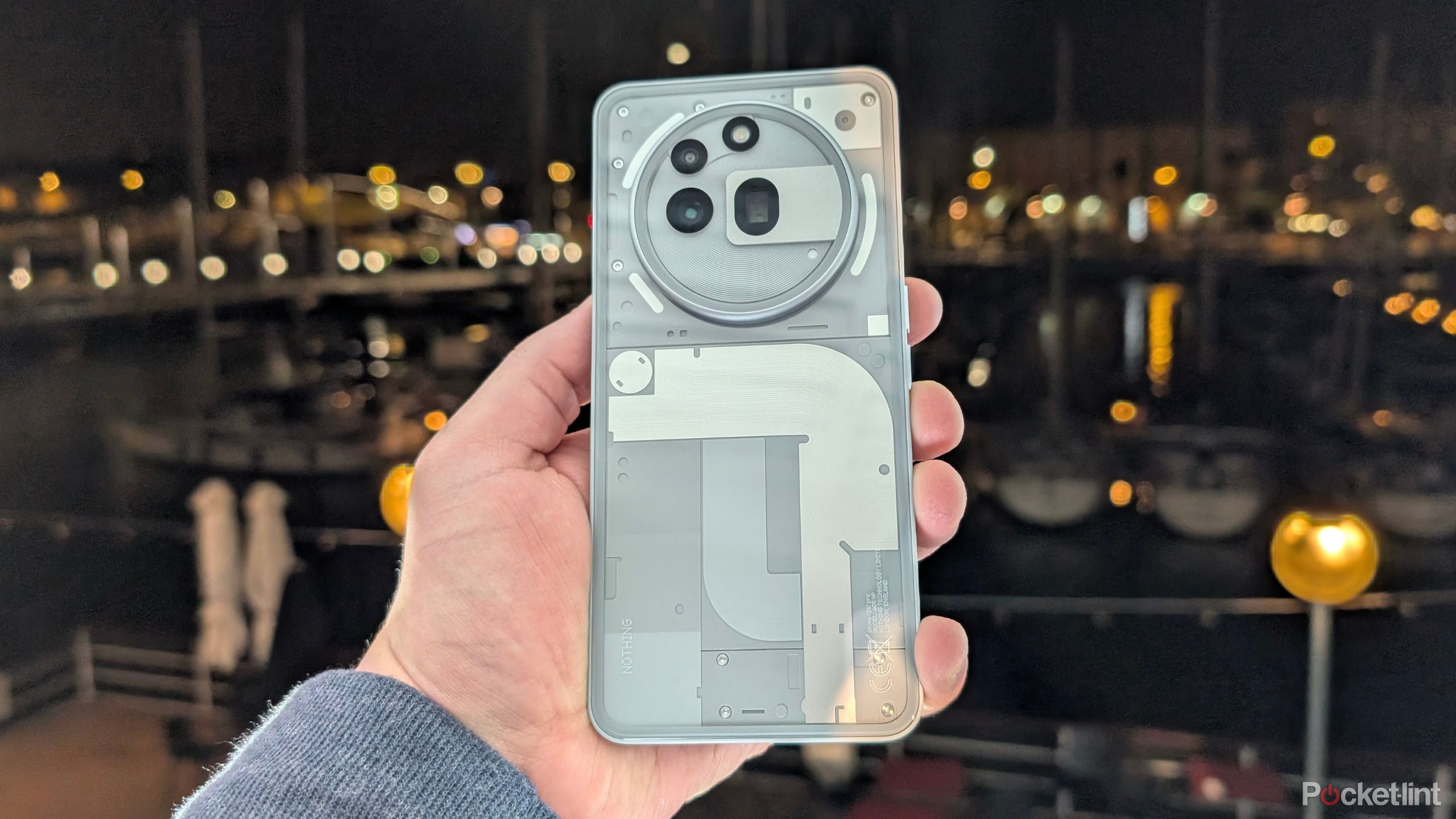
Related
The Nothing Phone 3a Pro feels like an Android flagship in disguise
Nothing is back at it again with its latest mid-ranger, the Phone 3a Pro – here’s how the handset stacks up in today’s uber-competitive Android scene.






